What Is Refinancing?How to Refinance a House
What Is Refinancing?
Essentially, refinancing is getting a new mortgage on your house with revised or replaced terms. Often, people will choose to refinance a house if the current refinance rates are lower than their current interest rate, if they want to shorten the term of their loan, or change other terms of the current mortgage contract.
A homeowner could also opt for a re-fi if they want to switch the type of mortgage that they have. They could switch from a fixed-rate mortgage to an adjustable-rate mortgage, or from an adjustable-rate mortgage to a fixed-rate mortgage. The reasoning behind refinancing is different for every person. Most often, people will choose to refinance due to a drop in interest rates.
The Types of Refinancing
There are four main types of refinancing. Take a look below to see which type of re-fi is best for you!
1. Consolidation Refinancing
A consolidation re-fi is when a person chooses to consolidate multiple loans into one loan at a lower rate. This will benefit the borrower by giving them lower interest rate payments on the outstanding principal of the loan.
2. Cash-In Refinancing
This type of refinancing is when the borrower pays down a chunk of their current loan so that their payments are smaller, which will also reduce their LTV (loan-to-value) ratio.
3. Cash-Out Refinancing
One more tax break for buying a house that you can utilize is what is known as a mortgage points deduction. If you got a new loan from a lender or refinanced, you might have made a payment of mortgage points to a lender. Using a form known as a 1098, you can see how much money you paid in mortgage points and discuss how to use this as a deduction on your taxes.
4. Rate-and–Term Refinancing
In order to refinance a house, there are several steps you must go through with your lender. This process is similar to the process of buying a house, but usually a bit less complicated. Refinancing usually takes 30-45 days.
You must apply to refinance in the same way that you applied to purchase your home. Then, your lender will lock in your interest rate, go through the underwriting process, get your home appraised, and close your new loan.
Conclusion
Refinancing a house can be beneficial in many ways. Talk to your lender to see if a re-fi could benefit you, and how to refinance a house.

Free Home Value





